Recently, the Ministry of Culture, Sports and Tourism has officially agreed with the proposal of Khanh Hoa Provincial People's Committee to prepare a dossier to submit to the Prime Minister for consideration and classification of Dien Khanh ancient citadel relic as a special national relic.
Located in Dien Khanh town (Dien Khanh district, Khanh Hoa province), about 10km south of Nha Trang city, Dien Khanh ancient citadel is considered the most intact citadel of the Nguyen dynasty outside the ancient capital of Hue that is still preserved today.
Historical witness of Khanh Hoa land
According to historical documents, in 1793, Lord Nguyen Anh brought troops to occupy the Dien Khanh region from the Tay Son dynasty. Seeing this place as an important long-term strategic location, Nguyen Anh decided to build Dien Khanh into a solid base, a solid defensive belt from afar. Prince Canh directly supervised the construction of Dien Khanh citadel. The manpower to build the citadel included 3,000 Binh Thuan soldiers, 100 Thuan Thanh people and it was completed in more than a month.
Dien Khanh Citadel was built in the Western Vauban style, and was the second Vauban-style citadel built in Vietnam, after Gia Dinh Citadel in Cochinchina. The citadel wall is 2,693m long, with 6 uneven sides, and the corners are built to increase the observation range - a characteristic of Vauban citadel architecture. Today, the architectural lines of the citadel can still be clearly observed through satellite images.
When completed (1793), Dien Khanh citadel had 6 gates, now only 4 gates remain: East, West, Front (South), Back (North). In 1823, the Left and Right gates were demolished, and no trace remains today. The East gate of the citadel is located at the intersection of Ly Tu Trong - Le Thanh Tong. This is the most intact gate, and is also the gateway to the center of Dien Khanh town when going from Nha Trang. From the East gate, follow Ly Tu Trong street for about 700 meters to reach the West gate. The Front gate is located on the southern road of the town, near the Dien Khanh district Military Command. The Back gate is located deep in an alley on Nguyen Binh Khiem street, behind the Vietnam Fatherland Front Committee of Dien Khanh district.
The gates of Dien Khanh citadel were built in the same style of bricks plastered with lime mortar, forming a block about 15m long. The central arch is 2.88m wide and 3.44m high, forming a passageway below. On both sides of the gates are 3m wide steps to go up to the top of the citadel gate.
Above the gate is a quadrilateral tower with each side 3.30m, with four doors in four directions, 1.30m wide, 2.5m high; on top is a small tower with a curved roof covered with yin-yang tiles. Both sides of the gate are built with railings 0.85m high. The front of each gate is inscribed with the gate name in Chinese characters: Dong Mon (門 東), Tay Mon (門 西), Tien Mon (門 前), Hau Mon (門 后).

The East Gate of the ancient citadel of Dien Khanh. Photo: Quoc Le.
Connected to the four gates is a system of earthen walls about 3m high. The path on the rampart is 5.35m wide. The outer side of the wall has a steep slope, the inner side is gentler and has steps leading up at some sections. The total length of the earthen wall today is 1,656m. On the ancient wall, densely planted bamboo and other thorny plants both maintained the durability of the wall and increased obstacles for the enemy as a defensive fence, today almost no traces remain.
Outside the citadel is a moat about 3-4m deep, some sections up to 5m deep. The width of the moat is uneven, at the corners of the citadel it is usually narrower (about 15m) and is widest in front of the citadel gates, about 40m, the moat is often full of water from the Cai River.
Not only a military structure, Dien Khanh citadel was also the administrative office of Dien Khanh prefecture during the Nguyen Dynasty. In the citadel at that time, there was a flagpole, royal palace, Tuan Vu palace, An Sat palace, Lanh Binh palace, Tham Tri palace, warehouse and prison... These structures no longer exist today.
Due to the erosion of time, by the 1990s, Dien Khanh citadel had seriously degraded. Since the early 2000s, the ancient citadel has been restored many times, and its appearance has been restored to almost its original state.
The ancient citadel has special value
The special value of Dien Khanh ancient citadel lies first of all in its historical aspect. The citadel was built in the context of Nguyen Anh consolidating his forces, preparing for a counterattack to regain power from the Tay Son dynasty. This place used to be an important military and administrative center in the Central region, serving as a strategic springboard for many military campaigns.
For many years, Dien Khanh citadel was the place where soldiers and equipment were gathered and many important political activities were held. The events that took place here contributed significantly to the process of unifying the country under the Nguyen Dynasty, opening the period of centralized feudalism that lasted for more than a century after that.
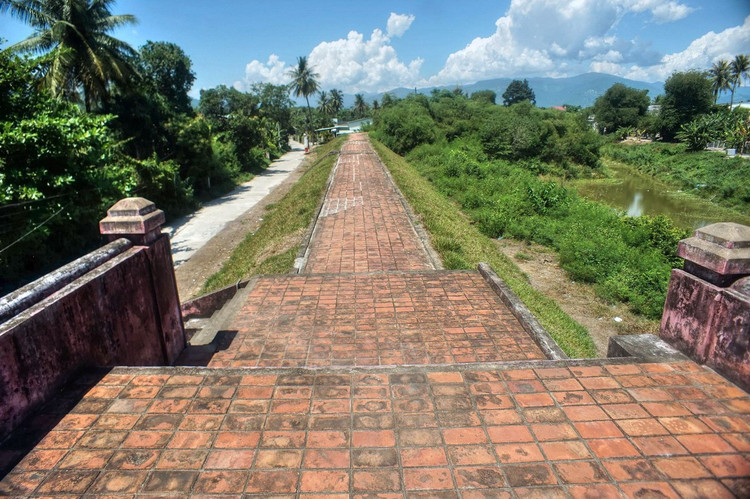
In terms of architecture and planning, Dien Khanh ancient citadel has a unique value as it is one of the few ancient military structures in Vietnam built in the Western style at that time. Although affected by time and war, many parts of the citadel are still preserved quite intact, creating a valuable archaeological and architectural value for the research of Vietnamese military history.
In addition to its historical and architectural values, Dien Khanh Citadel is also a local cultural symbol, closely associated with the community’s memory and the identity of Khanh Hoa. Local people have long considered this relic a source of pride, a testament to the patriotism and indomitable spirit of their ancestors during turbulent years.
Stories about the battles, the strategic location of the citadel, and the people who sacrificed their lives to defend this place have always been passed down by word of mouth and recorded through many generations. Today, Dien Khanh Citadel is not only a destination for tourists who love history but also a place to organize traditional education activities for students in the province.
It can be said that Dien Khanh ancient citadel is a relic with many special values, crystallized from history, culture, architecture and national identity. In the context of rapid urbanization and many ancient relics are gradually fading away, preserving and promoting the value of Dien Khanh citadel is not only the responsibility of the government but also the duty of every Vietnamese citizen in the work of preserving historical memories and nurturing the patriotism of the nation.
Source: https://khoahocdoisong.vn/thanh-co-hon-200-nam-sap-thanh-di-tich-dac-biet-post1545917.html





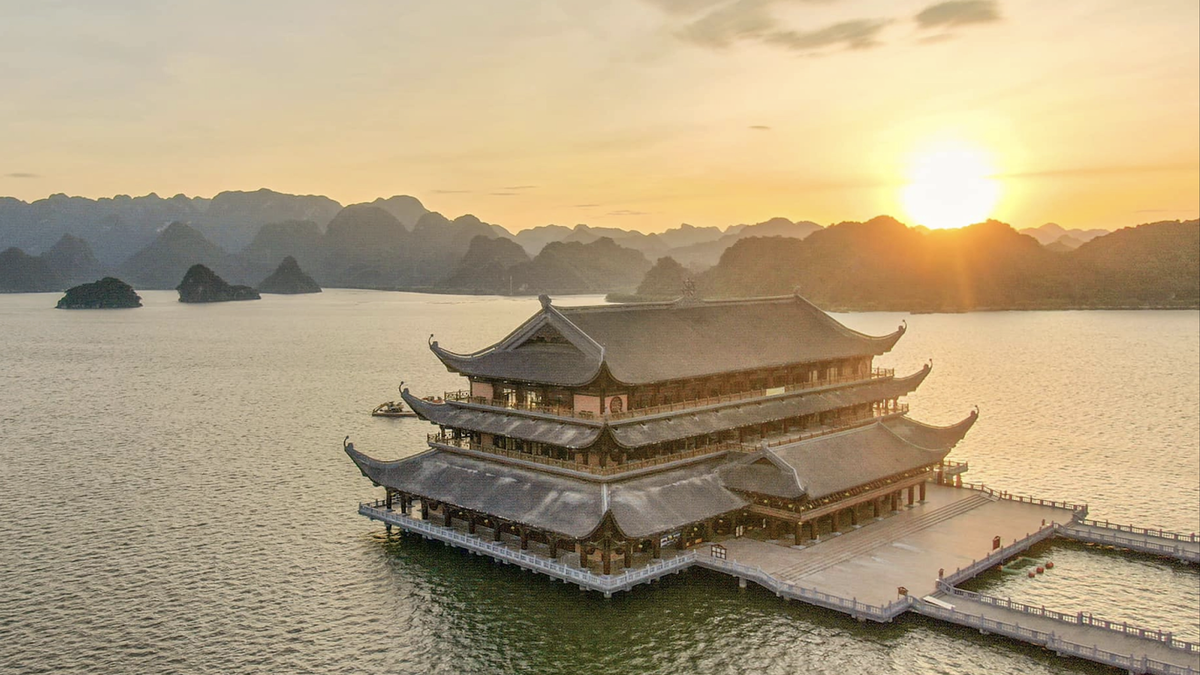



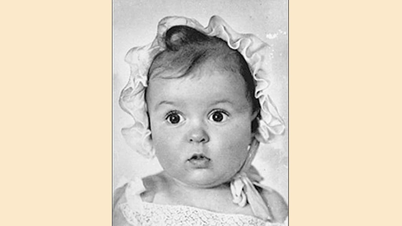


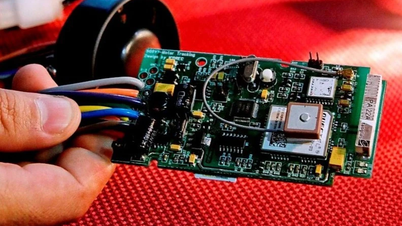







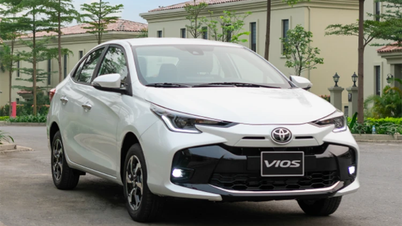


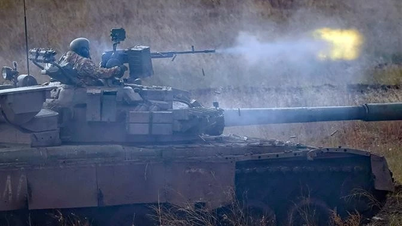



![[Photo] President Luong Cuong works with Hung Yen and Thai Binh Provincial Party Committees on implementing Resolution of the 11th Central Conference, 13th tenure](https://vphoto.vietnam.vn/thumb/1200x675/vietnam/resource/IMAGE/2025/6/6/127b735d2761484d81dcee0d7725a25b)
![[Photo] General Secretary To Lam receives Korean Ambassador to Vietnam](https://vphoto.vietnam.vn/thumb/1200x675/vietnam/resource/IMAGE/2025/6/6/a0765b7543784cbcbfe4755b67d43ab4)


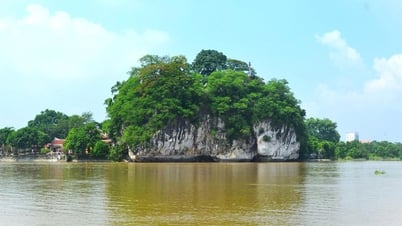

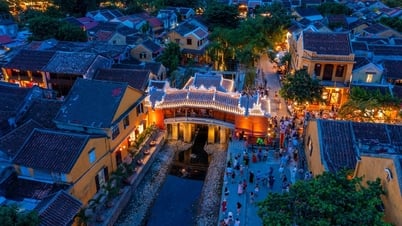
























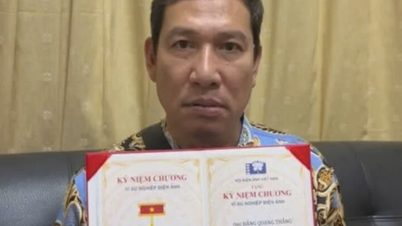











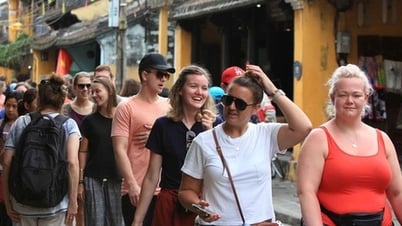






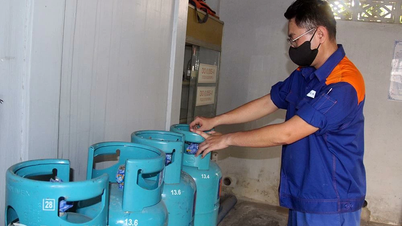



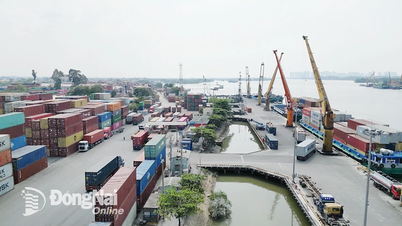





![[OCOP REVIEW] Tu Duyen Syrup - The essence of herbs from the mountains and forests of Nhu Thanh](https://vphoto.vietnam.vn/thumb/402x226/vietnam/resource/IMAGE/2025/6/5/58ca32fce4ec44039e444fbfae7e75ec)





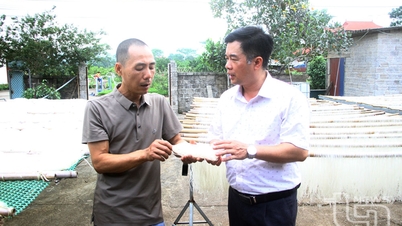


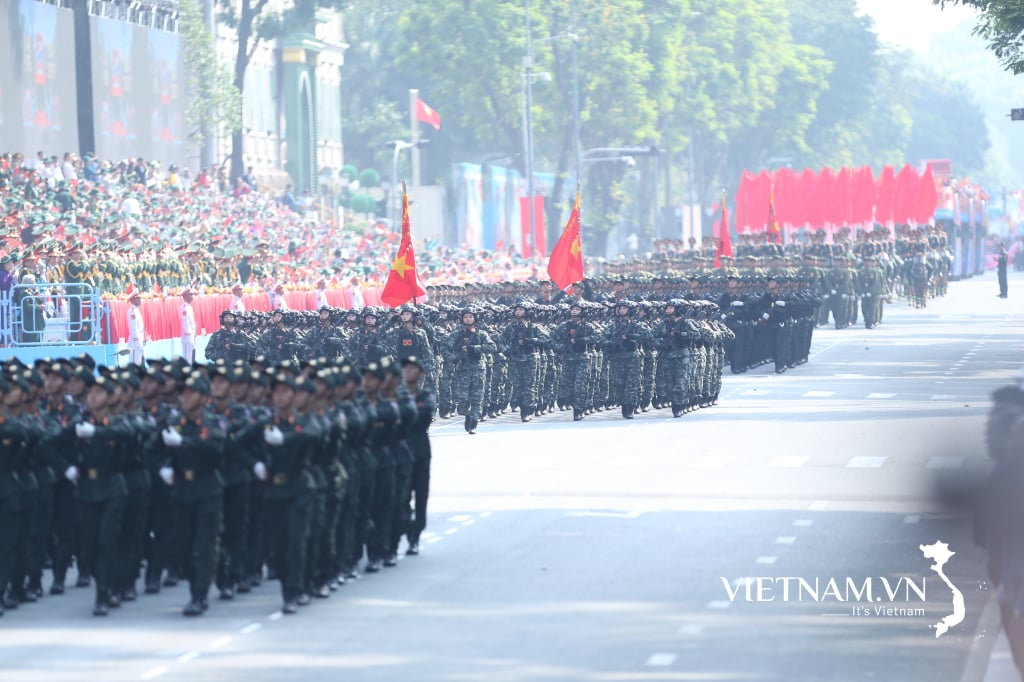
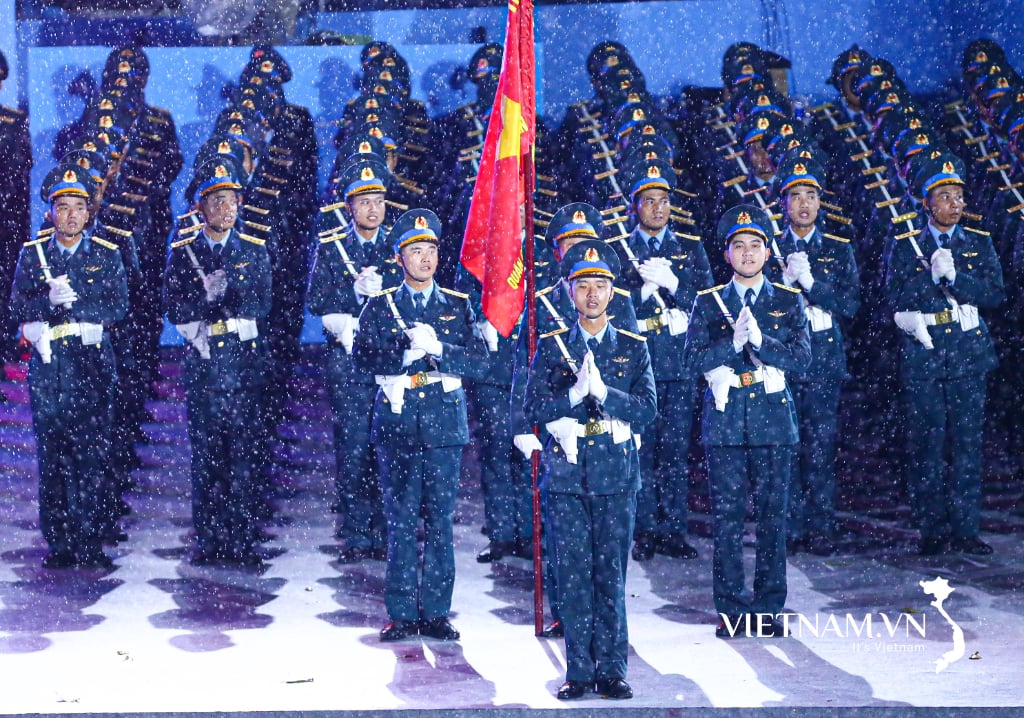

Comment (0)